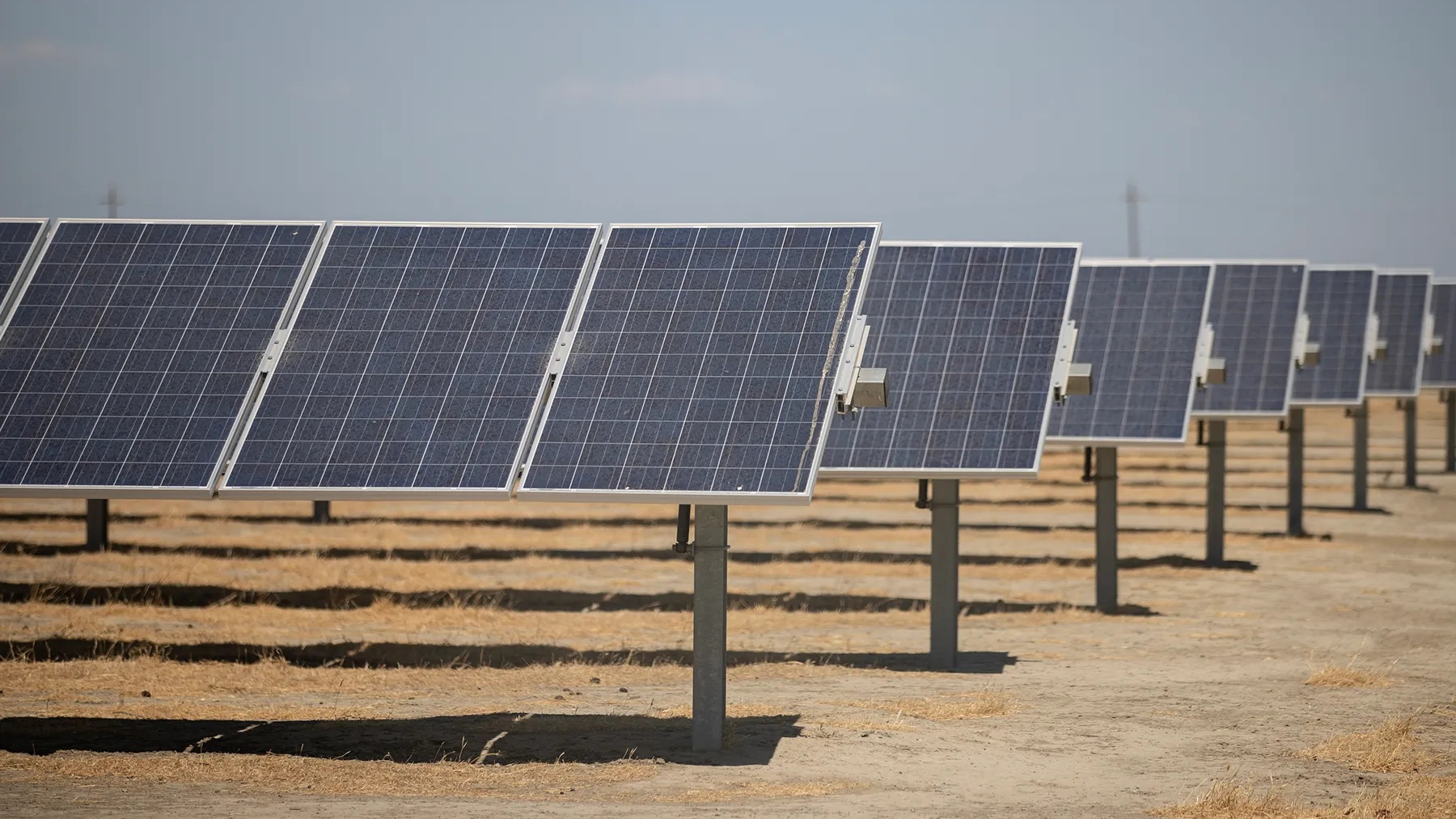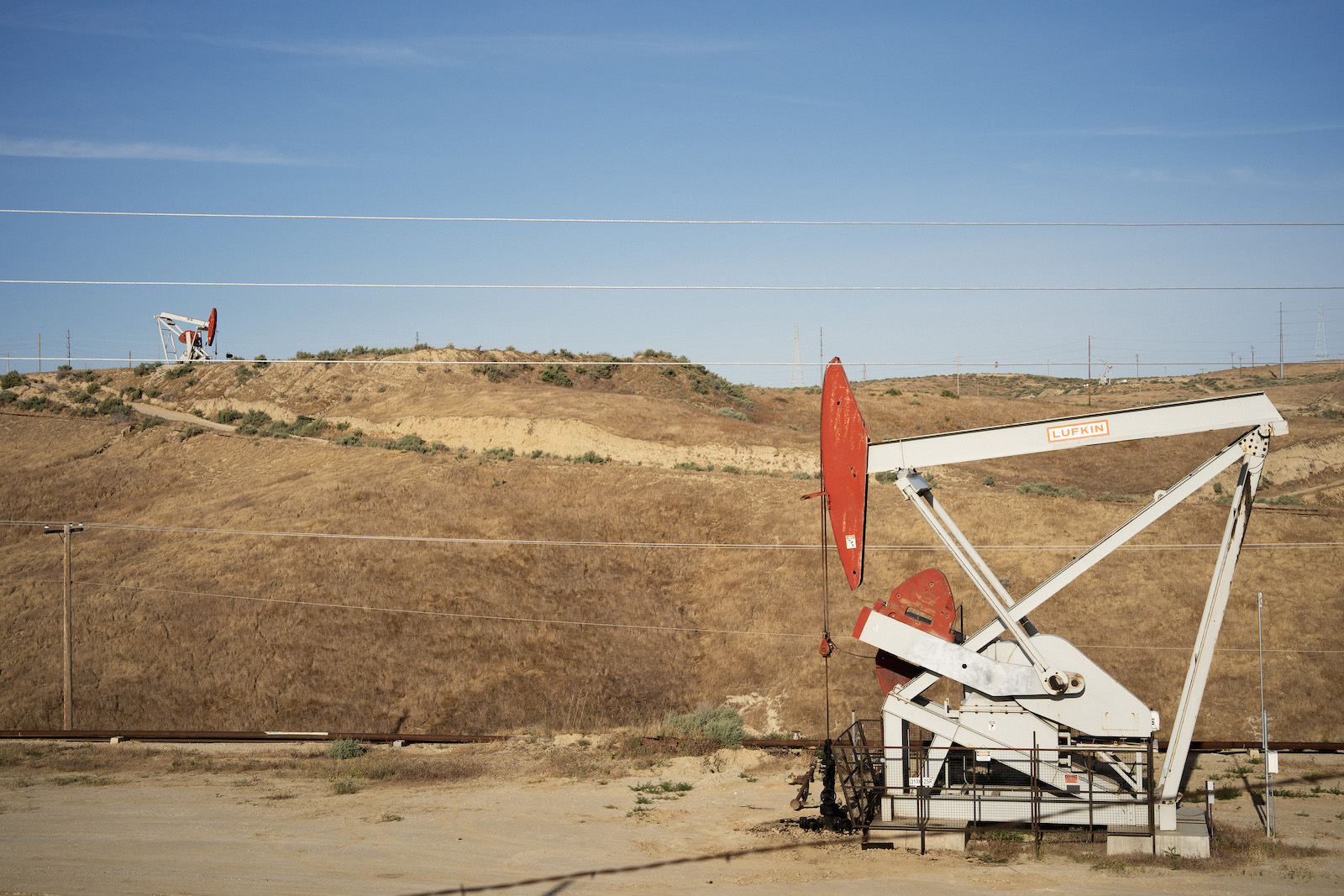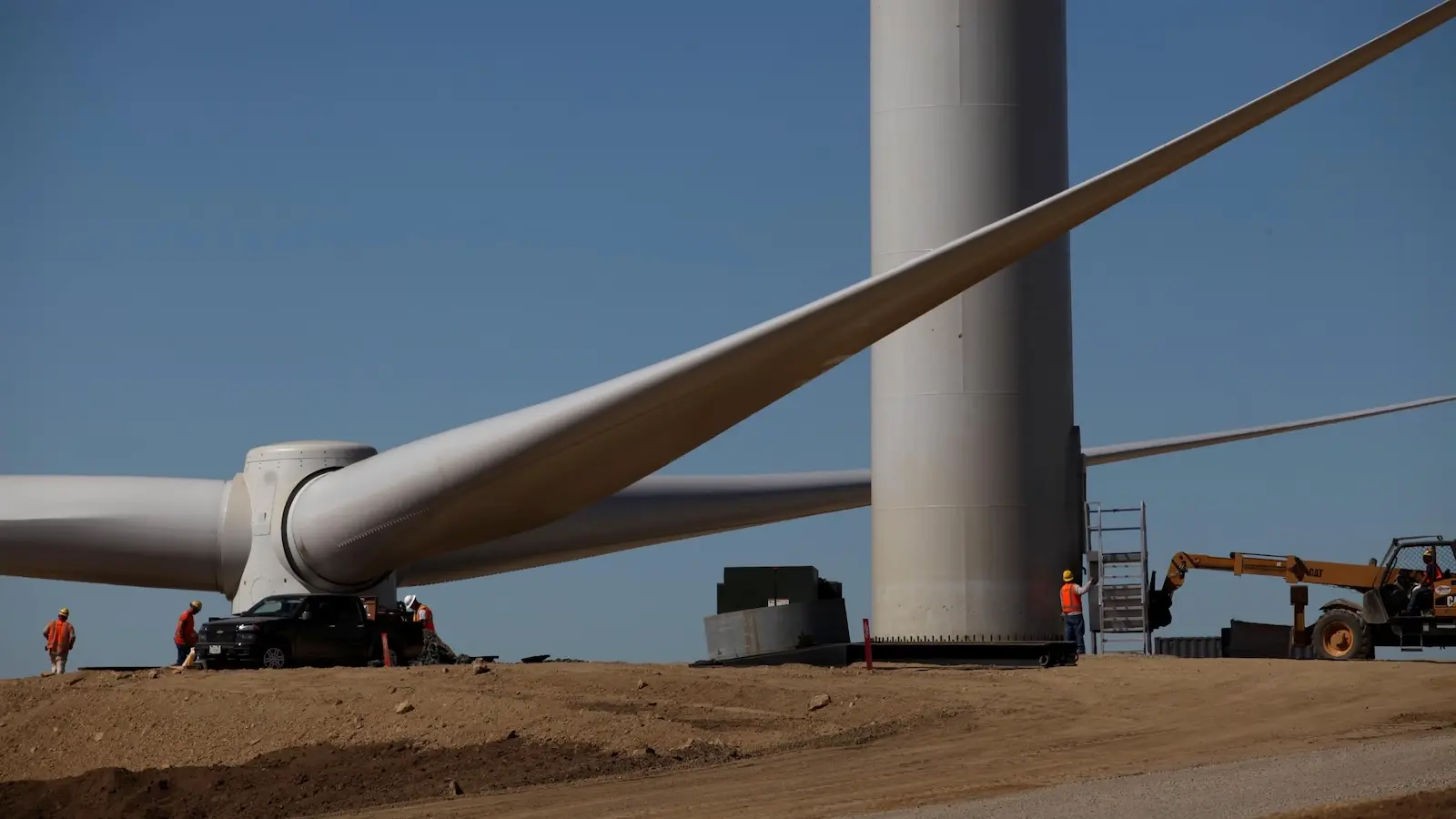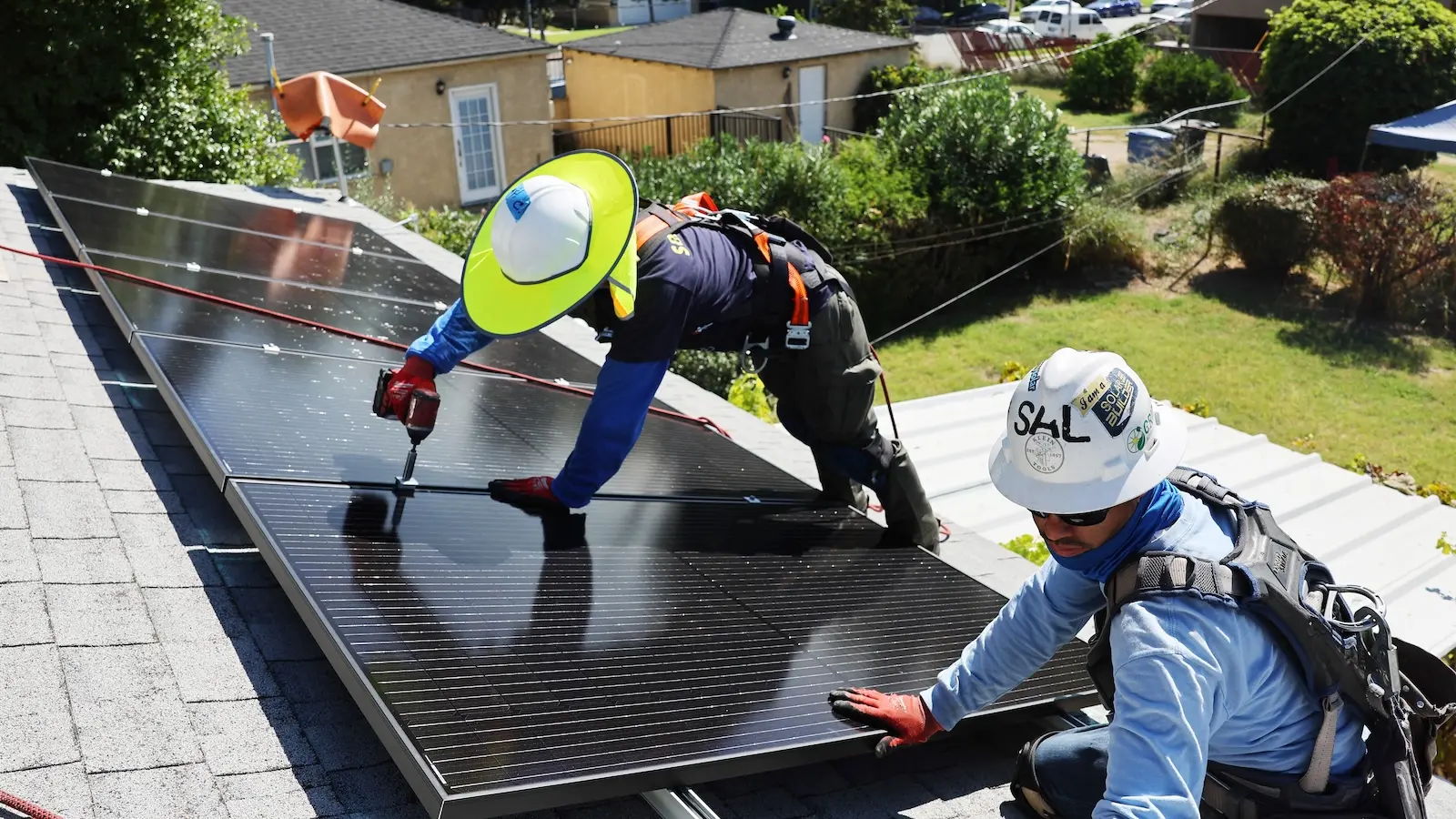
This story was originally published by CalMatters.
California’s utility regulator on Friday adopted new rules for community solar projects, despite warnings from clean energy advocates that the move would actually undermine efforts to expand solar options for low-income customers.
The state’s largest utilities have advocated for the new rules.
Community solar projects are generally small-scale local solar installations that can serve renters and homeowners who cannot afford to install their own rooftop solar panels. They are one part of the state’s overall strategy to eventually run the power grid entirely through renewable energy.
The California Public Utilities Commission’s 3-1 decision preserves and expands programs that would allow any ratepayer to subscribe to a pool of projects and receive a 20 percent rate reduction, commission President Alice Reynolds said. But it also reduces future compensation for solar providers and residents.
The commission calculates the benefits derived from distributed, small-scale solar projects, which provide a “service” by sending clean energy to the power grid and reducing transmission costs by serving nearby communities. Solar developers are compensated for the value of the benefit their project provides.
The formula adopted this week essentially reduces the value of distributed small-scale renewable energy in the future, providing less incentive for new community solar projects to be built.
In the near term, the subsidies and incentives that help promote community solar installation will remain in place, paid for by a recent $250 million grant California received under the federal Solar For All program.
One of the concerns for solar advocates is what happens after that pot of money runs out and the financial incentive to develop solar evaporates.
“The foundations of a sustainable program should not be built on one-time money,” said Derek Chernow, Western Regional Director for the Coalition for Community Solar Access.
While California has been a leader in promoting solar energy and advocating for a carbon-free electric grid, the state’s efforts to encourage smaller solar projects have been lackluster. One example of a missed opportunity critics point to is not requiring community solar projects to have battery storage systems that will keep power flowing after the sun goes down.
“We’re not done here today,” Reynolds said, adding that the programs could be modified and improved in the future.
With electric bills rising for many Californians, she was also critical of the impact of “cost shifting,” the idea that the subsidies provided to community solar projects are costs borne by all taxpayers. It is a fundamental fairness argument that the commission has applied in other proceedings to justify the reduction of subsidies.
But changing or reducing the subsidies and other incentives for an industry that is still maturing, advocates say, would lead to fewer solar installations, ultimately cutting out low-income taxpayers from the benefit of renewable energy. Community access solar programs are supposed to ensure that at least 51 percent of the energy obtained from the projects serves disadvantaged customers.
Late last year the commission reviewed incentives for owners of apartment buildings, schools and businesses installing solar panels. Those regulations were another in a series of recent decisions the commission made to reduce financial incentives for rooftop solar. At the end of 2022, the commission reduced payments to homeowners which sells excess power from newly installed solar panels on single-family homes.
Advocates lament what they say is California’s lagging clean energy leadership and criticize Gov. Gavin Newsom, who delivered a keynote speech at the Vatican climate summit last week, for failing to hold the state’s powerful utility and oil companies to account.
The commission’s community solar decision quickly added to the list of what critics say is a troubling pattern of rollbacks on critical renewable energy policies.
“The CPUC’s recent series of decisions threatens to unravel California’s clean energy progress,” the Solar Energy Industries Association said in a statement. “It is past time for Governor Newsom and state leaders to reign in the commission before it does more harm to customers and the state’s clean energy economy.”
As in earlier closely held decisions, the commission heard from a host of organizations, including the solar industry and environmental justice groups, advocating for programs that would expand access to clean energy and reduce power bills.
There was little public comment during the morning hearing, but at least two state lawmakers voiced opposition to the proposal. Assemblyman Christopher Ward noted that the updated proposal was only released this week and called it “fatally flawed.”
“It doesn’t reflect the intent of the bill,” Ward, a Democrat from San Diego, told commissioners, referring to legislation he drafted that would require the commission to revise its rules. The unintended consequence of today’s decision, he said, will be to discourage new projects.
An aide to Senator Josh Becker, a Menlo Park Democrat, read a letter from the legislature saying experts doubt the policy will expand access to clean energy.
In extended remarks, Commissioner Darcie Houck outlined several concerns about the decision, including her view that it did not go far enough to benefit taxpayers in low-income communities. Much of the commissioner’s disagreement centered on provisions she said would discourage the adoption of solar power and would not allow for a “just and equitable energy transition.”




